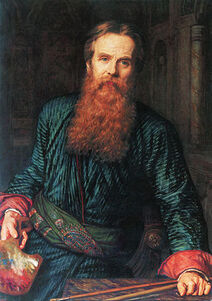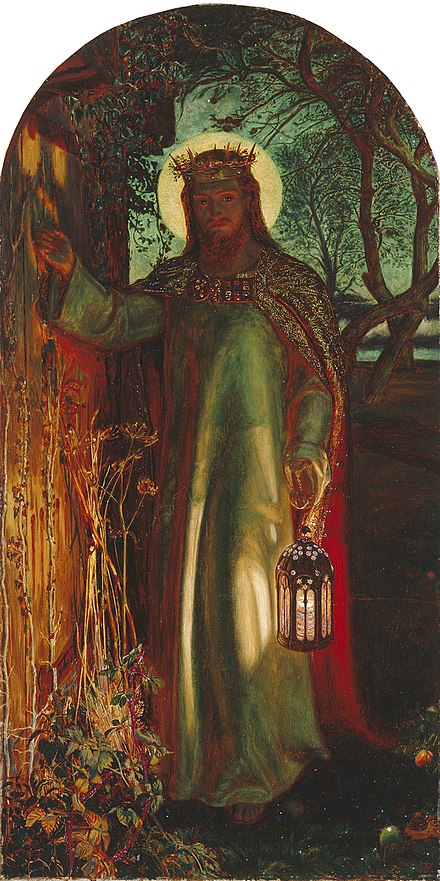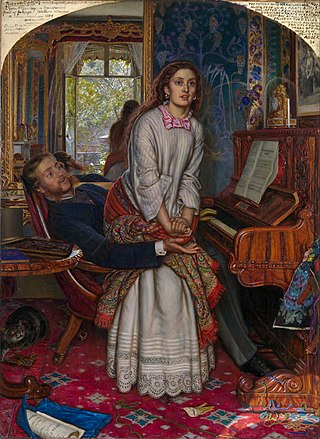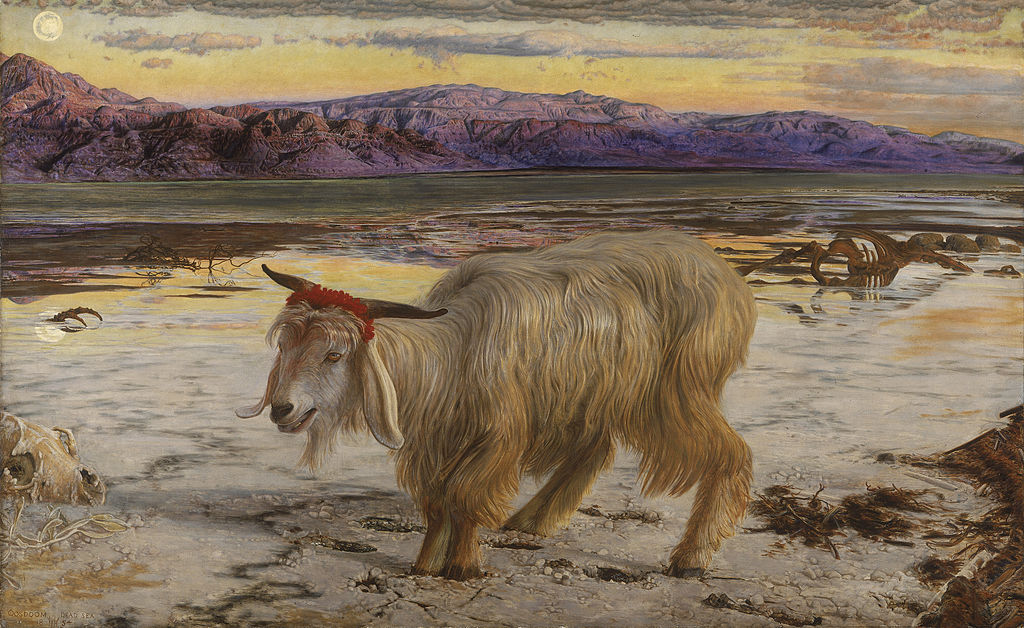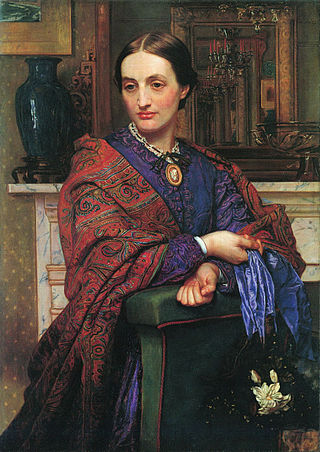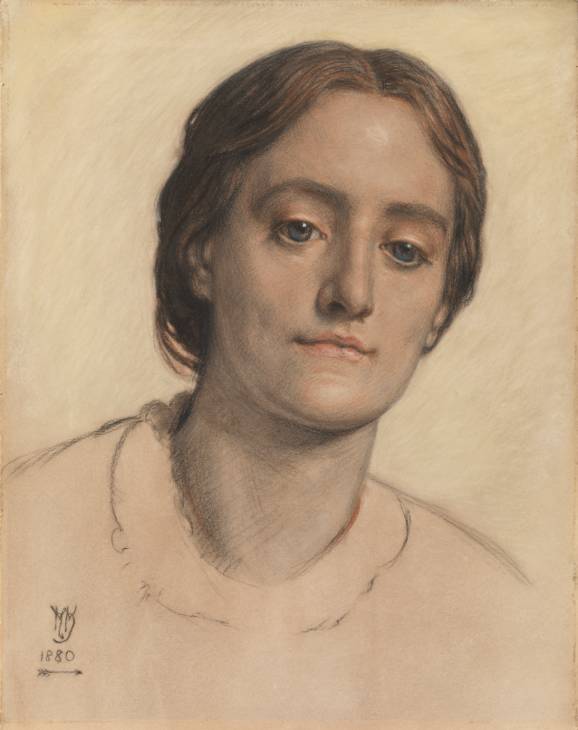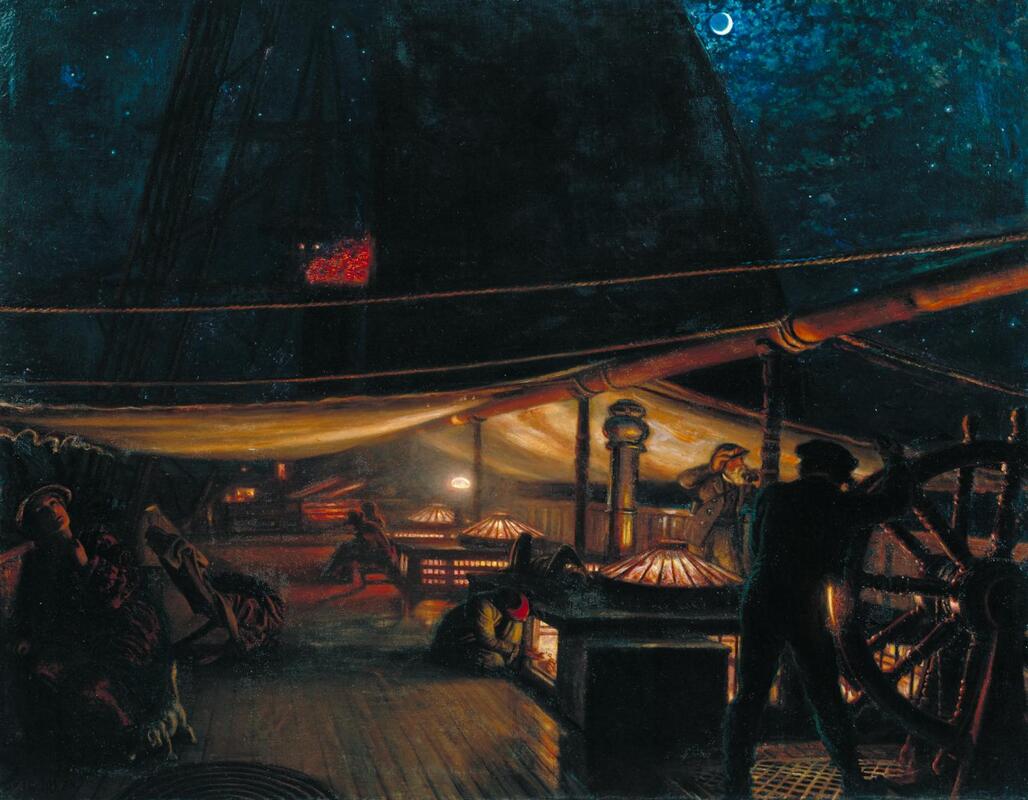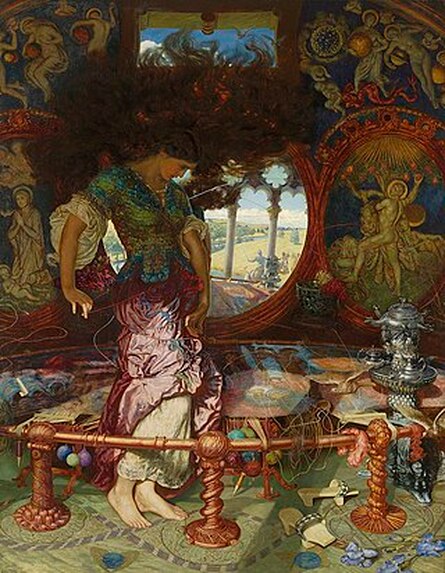An Appreciation:
|
Above: One of Hunt's early masterpieces: "The Light of the World."
Below: "The Awakening Conscience", Victorian moralizing. Above: "The Scapegoat".
Above: Fanny (left) and Edith (right) Waugh. Both sisters married Hunt.
"The Ship" (above) and "The Lady of Shalot" below.
|
Artist appreciation - William Holman Hunt
